
Banana Blossom Salad – Cheap Dinner Idea!
Home grown cheap and easy recipe
Last orders sent out Dec. 16th! You can still place orders, but they won’t be sent out before Jan. 6th. Merry Christmas!
We shifted our attention from the herbs towards edible plants (we still do the herbs) and discovered two fruits, both ripe now, in early spring.
To disappoint you, both aren’t good enough to make it into our edible plant nursery, but at least one of them is nice to nibble on.
These shrubs are as abundant as the berries they are bearing, tidily pruned by the wind.
The fruit starts to ripen now (September) with a nice sweet lemony taste. A good snack but so small that you won’t make any jam, wine or similar. It’s just a tiny fruit with a big stone and scant flesh.
The pigeon berry certainly has breeding potential given the taste, the amount of fruit and the small size of the bush. It would also make a great bonsai.
You find the pigeon berry along the coast of New South Wales, Victoria, South Australia, Tasmania and southern most parts of Queensland and Western Australia.
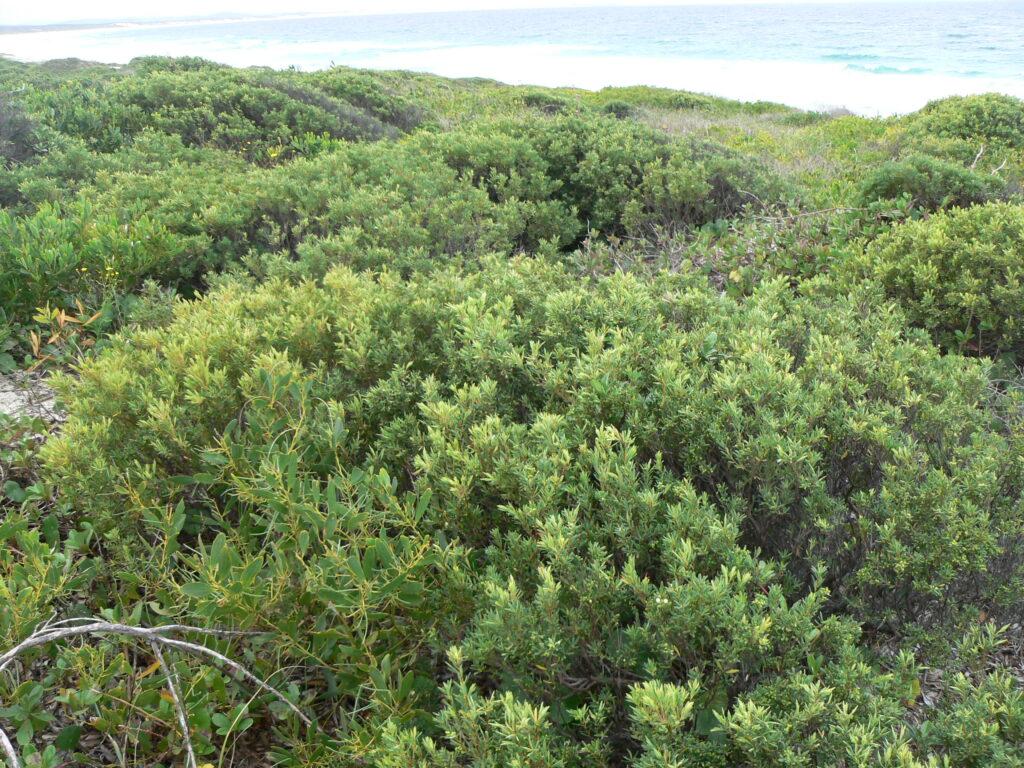
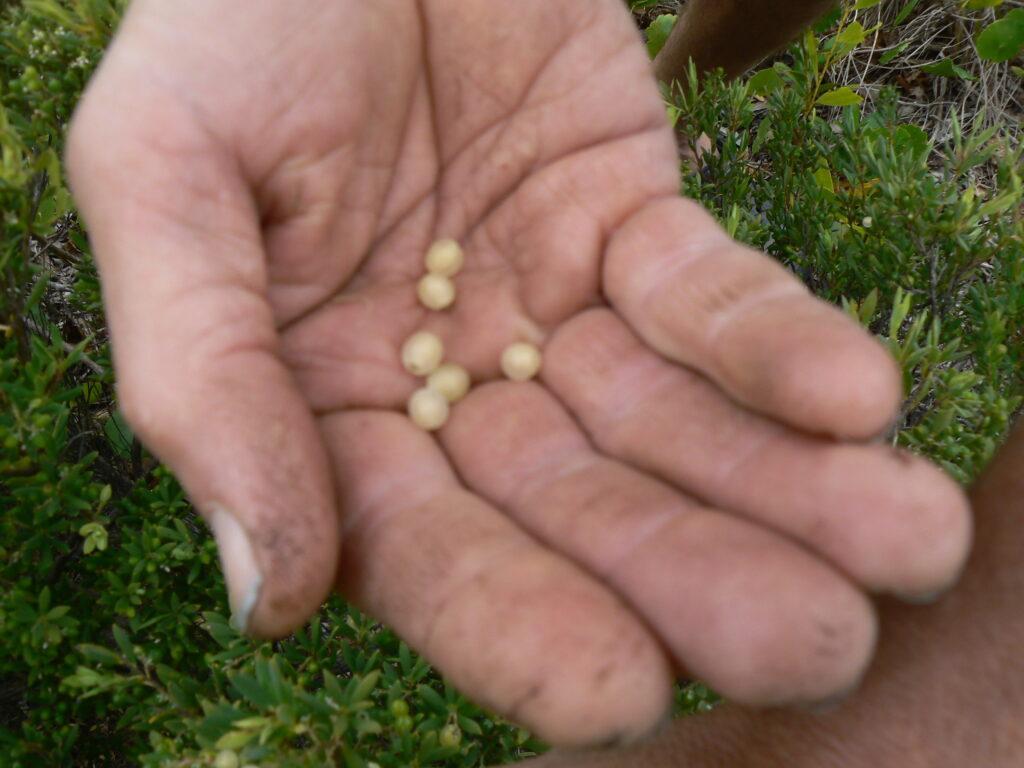
This looks like a blueberry, so inviting. Also the fruit has a reasonable size without a huge seed.
Unfortunately, the taste varies between bitter, mealy and plain bad. Tim Low writes that they are good to eat, he describes them as salty-sweet tasting and I think it’s worth trying, maybe you find the plant which bears nice fruit.
The fan flower is a creeper which can form large mats on dunes. The flowers are very pretty.
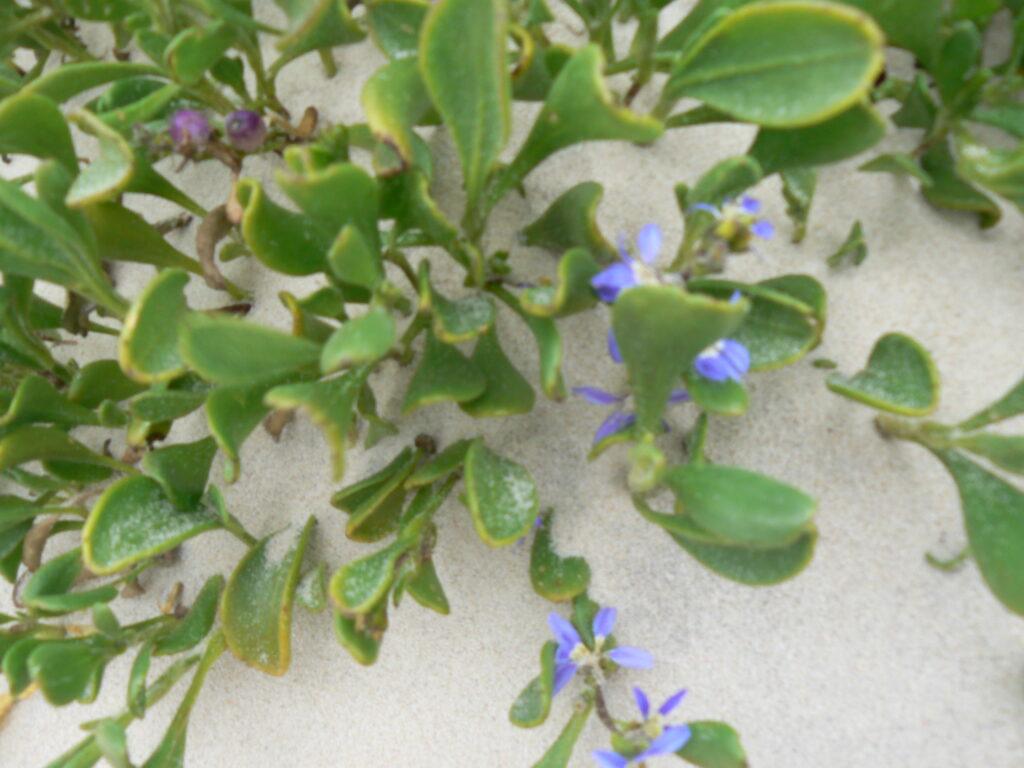
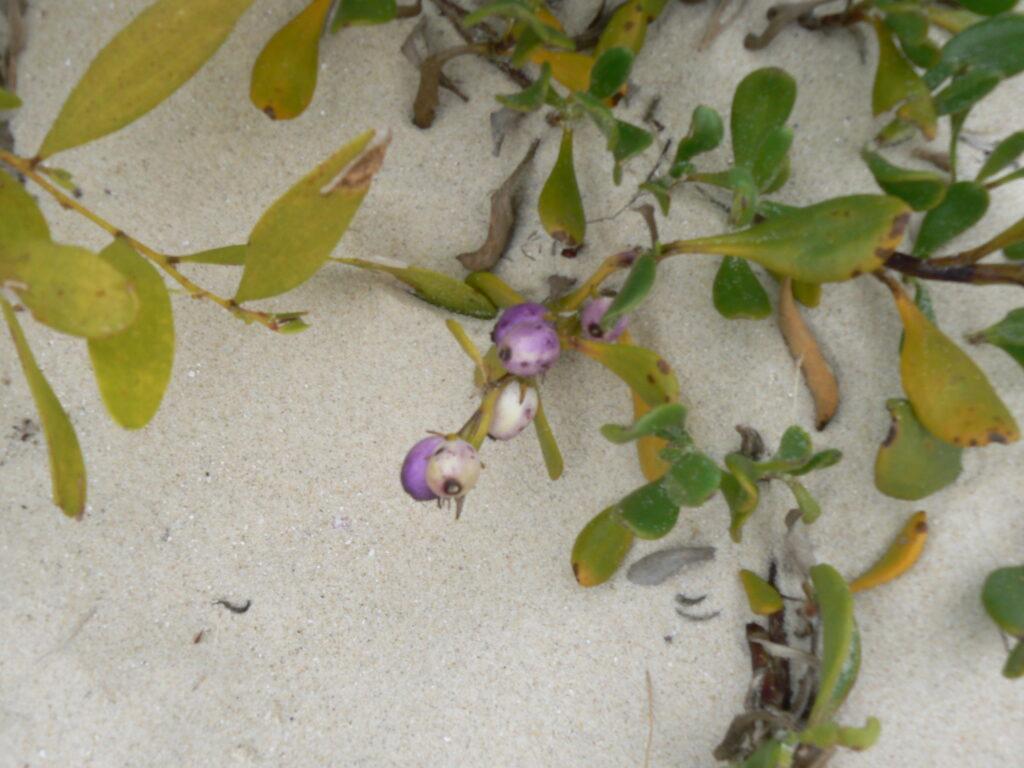
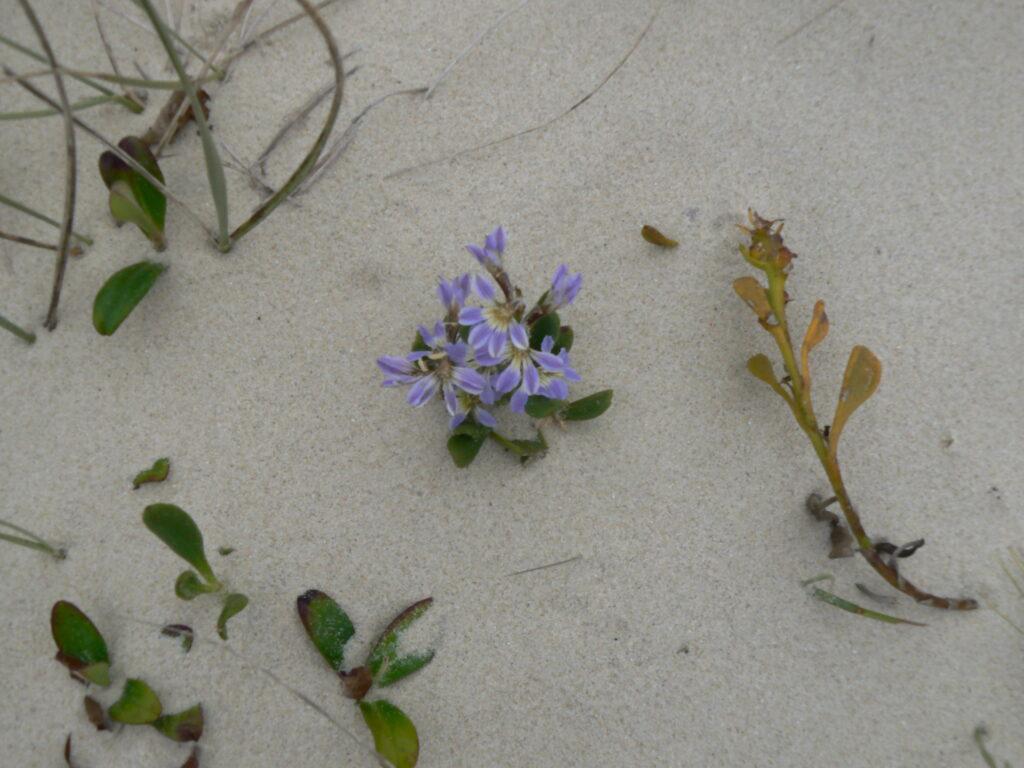
Share:

Home grown cheap and easy recipe
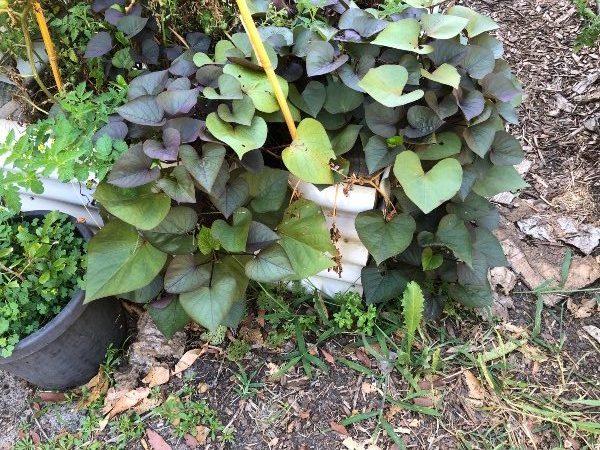
I switched from in-ground to raised beds and this is what I found.
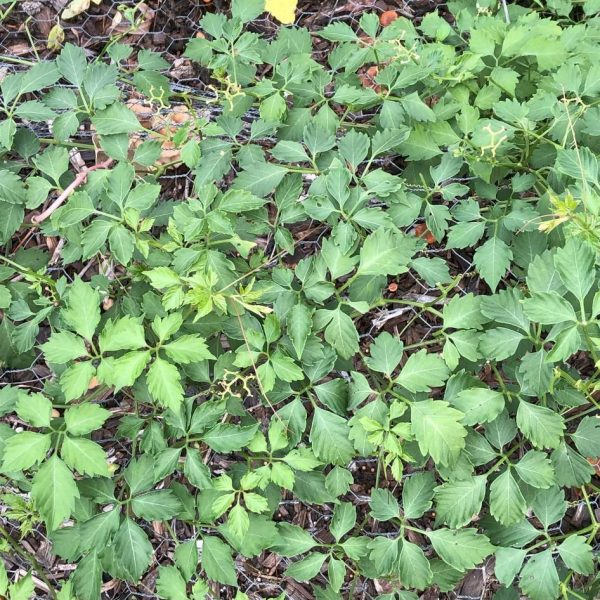
Why to embrace weeds in your edible landscape!
The best way to understand how the water flows on your property is to put on the gumboots and a raincoat and walk on your